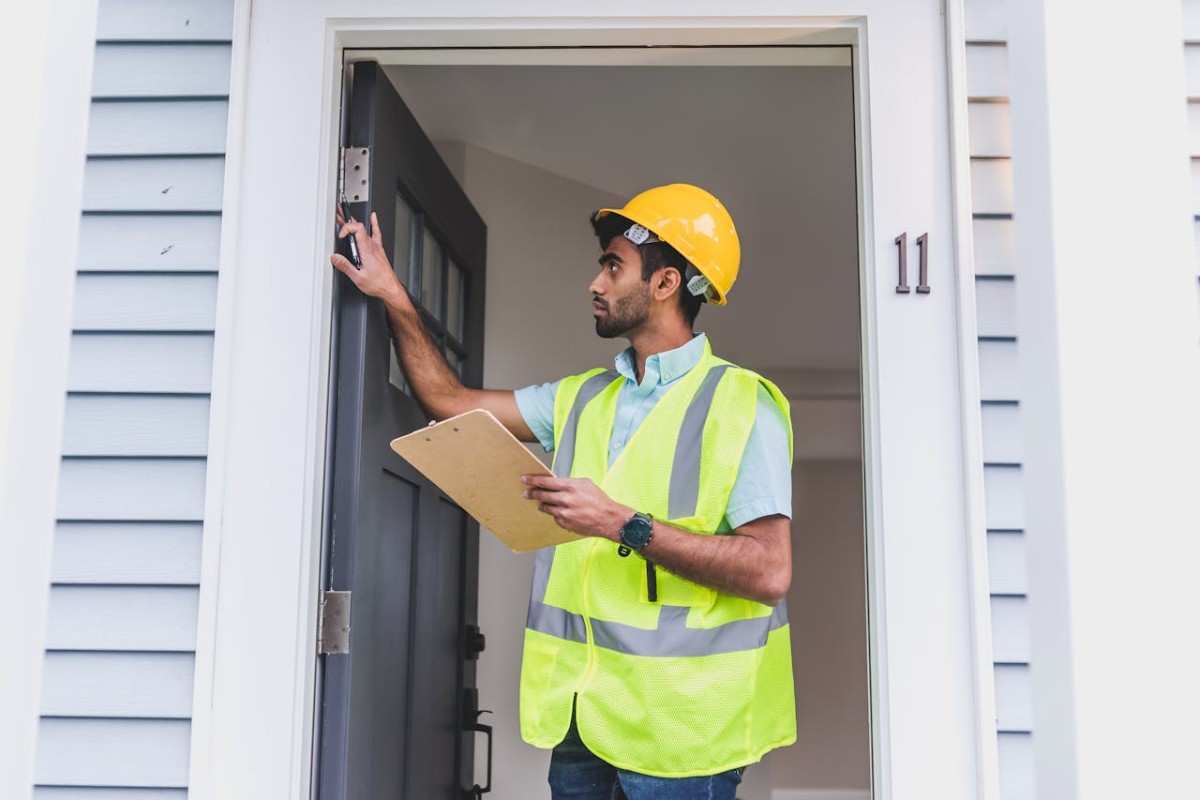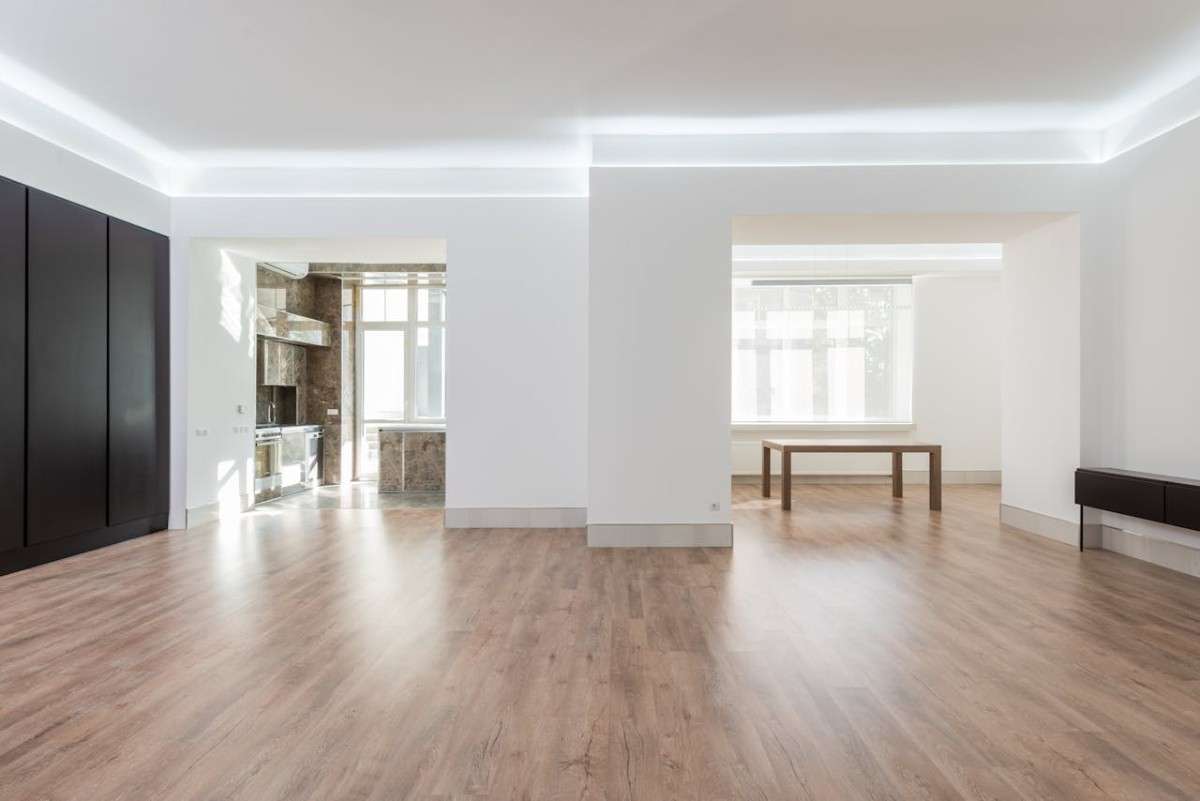Arizona’s dry climate may seem unfriendly to bugs, but it’s a perfect environment for termites. These pests often stay out of sight, which can make them tricky to spot until they’ve done significant damage. For anyone managing rental properties, knowing what to look for is critical.
Mud Tubes: Silent Highways to Trouble
Mud tubes are one of the most obvious signs termites are on the move. They’re small, pencil-thin tunnels made of dirt and saliva, usually found along foundations, walls, or crawl spaces. Termites use these tubes to stay moist while traveling between their colony and their next meal. In Arizona’s dry climate, these tubes are especially crucial for their survival.
While checking your properties, take a close look at areas where soil meets the building. Mud tubes are often tucked in corners or hidden behind landscaping. Breaking open a tube can tell you if it’s active—live termites may spill out, or you might see fresh dirt and moisture inside.
Wood That Sounds Hollow
Termites love wood, but they rarely start at the surface. Instead, they chew through the inside, leaving a thin outer layer intact. This means wood can look fine on the outside while being completely hollow inside.
Knock on wooden beams, baseboards, or doorframes with a screwdriver or your knuckles. A hollow sound is often a clue termites have been eating away. In severe cases, the wood might feel spongy or give way when pressed. This type of damage is particularly common in Arizona’s older homes, where untreated wood is easier for termites to access.
Wings Left Behind After Swarms
Termites reproduce by swarming, which happens when winged termites leave their colony to start a new one. These swarms are brief and often go unnoticed, but they leave behind a clear sign: piles of tiny, discarded wings.
You might find these wings near windows, doors, or light fixtures. They can also collect in spiderwebs or corners of the home. Swarming in Arizona is most common after rain, especially during the monsoon season, so it’s smart to check for wings during this time.
Bubbling Paint or Warped Walls
Termites need moisture to survive, and their activity can sometimes create pockets of water behind walls or under paint. This can cause surfaces to bubble, peel, or warp, much like water damage.
Don’t assume bubbling paint is just a plumbing problem—it could be termites tunneling nearby. A quick inspection might reveal other signs of infestation, saving you from larger repairs down the road.
Small Piles That Look Like Sand
Termite droppings, or frass, are another big clue. Drywood termites, common in Arizona, push their droppings out of their tunnels, leaving behind tiny piles that resemble sand or sawdust. These piles are often found near wooden furniture, windows, or doorframes.
Frass doesn’t just mean termites are present—it means they’re actively feeding. If you see these droppings, it’s time to take action.
Floors and Ceilings That Feel Weak
Termites can weaken a structure from the inside, and this sometimes leads to sagging or spongy floors and ceilings. Even tile or laminate flooring can be affected if termites damage the wood underneath.
Walk through the property and pay attention to any areas that feel soft underfoot. Residents might also complain about uneven or creaky floors. These are warning signs worth investigating.
Strange Noises Coming from the Walls
Termites aren’t known for being noisy, but they do make sounds. Soldier termites, which protect the colony, create clicking noises by banging their heads against the wood. Worker termites, the ones doing all the chewing, can also be heard if the infestation is large enough.
If residents report faint rustling or clicking sounds coming from inside the walls, it’s worth a closer look. Use a stethoscope or press your ear to the wall in a quiet area to confirm.
Cracks in Unexpected Places
Cracks are a common sight in Arizona homes due to shifting soil and high temperatures, but they can also be a sign of termite damage. Termites weaken wooden structures, causing shifts that lead to cracks in walls, ceilings, or even the foundation.
Inspect cracks carefully. If they appear alongside other termite signs, it’s likely the pests are to blame. Catching structural issues early can save thousands in repairs.
Problems with Landscaping
Termites aren’t just a problem inside the home—they can start outside. In Arizona, where landscaping often involves wood mulch, wooden fences, or irrigation systems, termites can find plenty to eat before moving into a building.
Check for termite activity around trees, bushes, and other outdoor wood structures. Mud tubes on tree trunks or dead patches in lawns could signal that termites are nearby. Maintaining a clear barrier between soil and the building can help prevent them from getting too close.
Spotting Live Termites
Although termites usually stay hidden, there are times when they can be seen. Subterranean termites, common in Arizona, are pale and soft-bodied, while drywood termites are darker. Swarming termites look like small flying ants but with straighter bodies and equal-sized wings.
Seeing termites in the open is rare, but it’s a sure sign of a problem. Whether they’re crawling on walls or emerging from the soil, live termites mean it’s time to act fast.
Preventing Termite Infestations in Arizona Rentals
Catching termites early is crucial, but preventing them is even better. Regular inspections can go a long way in keeping termites at bay. Keep an eye on moisture levels, as leaks and standing water attract termites. Ensure all wood in and around the property is treated or sealed. Remove dead wood, tree stumps, and other termite-friendly materials from the yard.
Landscaping should also be managed carefully. Keep mulch and wood chips away from the foundation, and use gravel or other non-organic materials instead. Maintaining a gap between soil and wooden structures is another easy way to deter termites.
How Pest Share Makes Termite Management Simple
Termites don’t just damage wood—they can damage a property manager’s reputation if left unchecked. With Pest Share, you have a solution that streamlines the process of identifying and addressing pest problems. Our pest ID technology can quickly connect residents with local experts, so issues like termites can be resolved before they get out of hand.
Residents also appreciate knowing termite protection is part of their rental package. It’s an amenity that brings peace of mind and adds value to their experience. For property managers, Pest Share eliminates the hassle of coordinating pest control, freeing up time to focus on other tasks.
Why Every Property Manager Should Stay Vigilant
In Arizona, termites are a year-round problem, thanks to the warm weather. Ignoring the signs can lead to extensive damage and costly repairs. By staying informed and conducting regular inspections, property managers can protect their investments and keep their residents happy.
If you’re managing rentals, look out for mud tubes, frass, hollow wood, and other signs of termites. Acting quickly can make all the difference. With tools like Pest Share, staying on top of pest control has never been easier.






